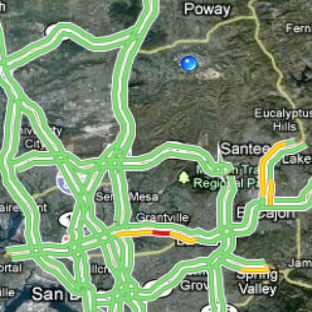Dewey prints our Excel Math Lesson Sheets. Chris prints the Teacher Editions. John coil-binds them. Mike and Grant and lots of FedEx folks deliver these products to schools.
Sometimes people wonder why we still use paper. After all, they say, everything else is on computer nowadays.
Well, there are lots of reasons. One is that we (human-type-units) are more than just brains, and math is more than just numbers.
 As I have said before, math is a special language. A language of counting, measurement, shapes and calculation. A language with precise definitions and specialized terms.
As I have said before, math is a special language. A language of counting, measurement, shapes and calculation. A language with precise definitions and specialized terms.Math demands action. Movement. Investigation. Measuring. Reasoning. Rearrangement. Trials. Conclusions. Reassessment. Erasing. Rewriting.
We think it's important to write. Line up those unruly numbers. Carry those tens over, get the places straight. Look at a number to know if it's in the ballpark. Make a tally. Count on your fingers. Sketch a shape.
Kids (all of us?) need to deal with these tangible parts of mathematics.
Some ask, Why don't you charge a reasonable fee for the development (intellectual property) and just send some pdf files? Let the schools print their own.
Why not? I'll show you why not. Let's do some math.
For one student for one year, we need 370 page images (185 sheets) of legal size paper, both sides, including tests.

I checked some current pricing online, and find printing at about 10-11¢ per sheet in quantities of 100 to 10,000 pages.
That's on white paper; b/w images on both sides, not including tax, delivery, collating and packaging. But for the comparison, let's ignore those extra costs.
Let's pick a round number - say $5 per student per year for the intellectual property.
 Assume we have a nice big printer in the school, it never runs out of toner or ink, it's conveniently located near the classrooms, and the teachers can organize their personal printing schedules ...
Assume we have a nice big printer in the school, it never runs out of toner or ink, it's conveniently located near the classrooms, and the teachers can organize their personal printing schedules ...But I need these before my class!
Sorry we're busy now, come back later.
Okay, so now we just multiply:
11¢ per sheet x 185 lessons = $20.35 per student
 That's for the printing alone. Now add $5 for our research and development work. That's reasonable isn't it? Only $25.35 per year per student?
That's for the printing alone. Now add $5 for our research and development work. That's reasonable isn't it? Only $25.35 per year per student?We sell Excel Math for $10.00 per student, including development and updates.
How can we do it? Are we crazy?
The magic is in the numbers ... and the efficiency of a printing press. We start it up and don't shut it off until the building is full of Lesson Sheets.
Not only is a printing press much cheaper than doing it yourself, it keeps Dewey, Chris, John, Mike, Grant and the rest of us off the street!
As Bob, our VP of Sales likes to say, Buy Excel Math. My son James needs new shoes.















































